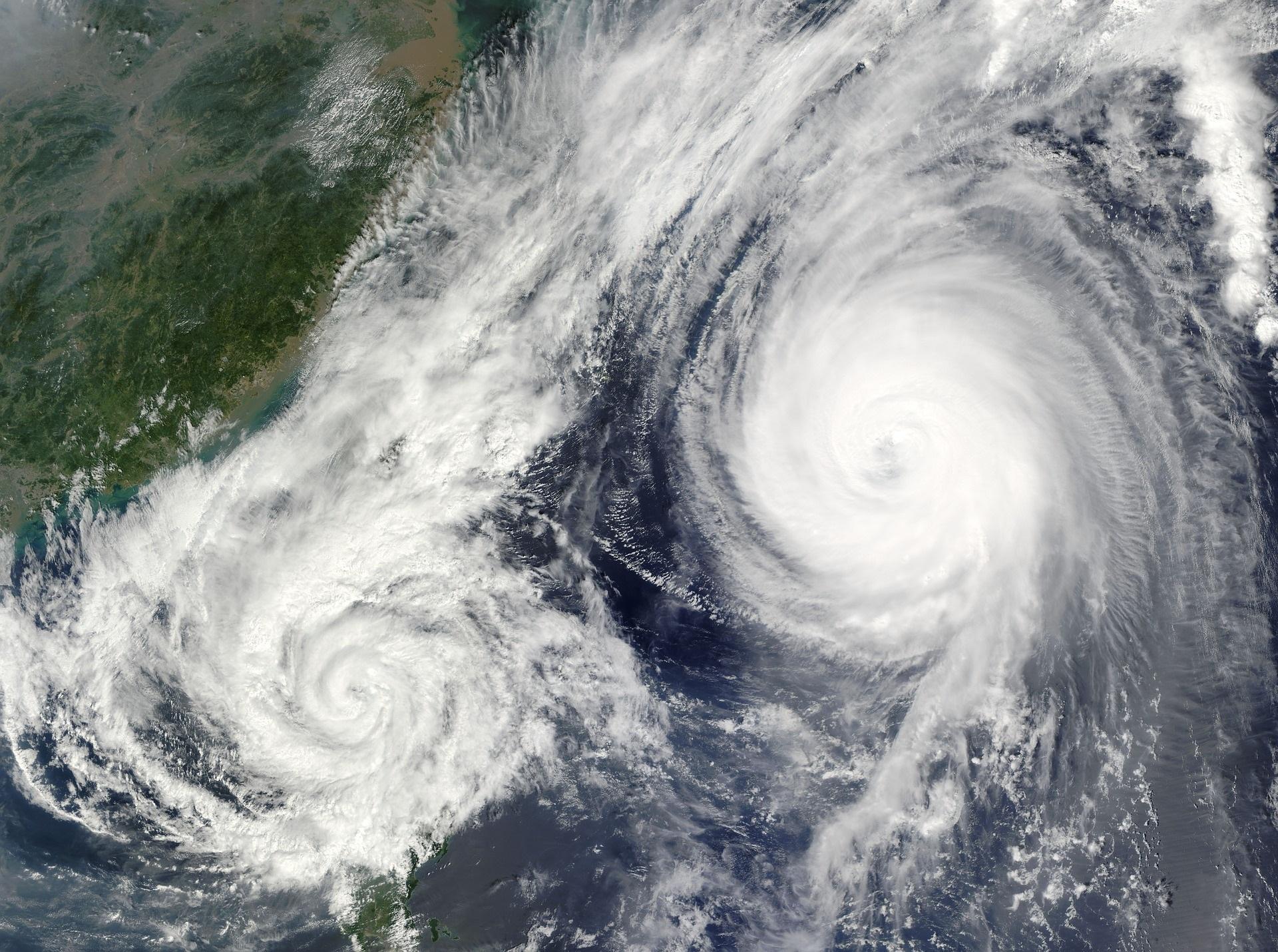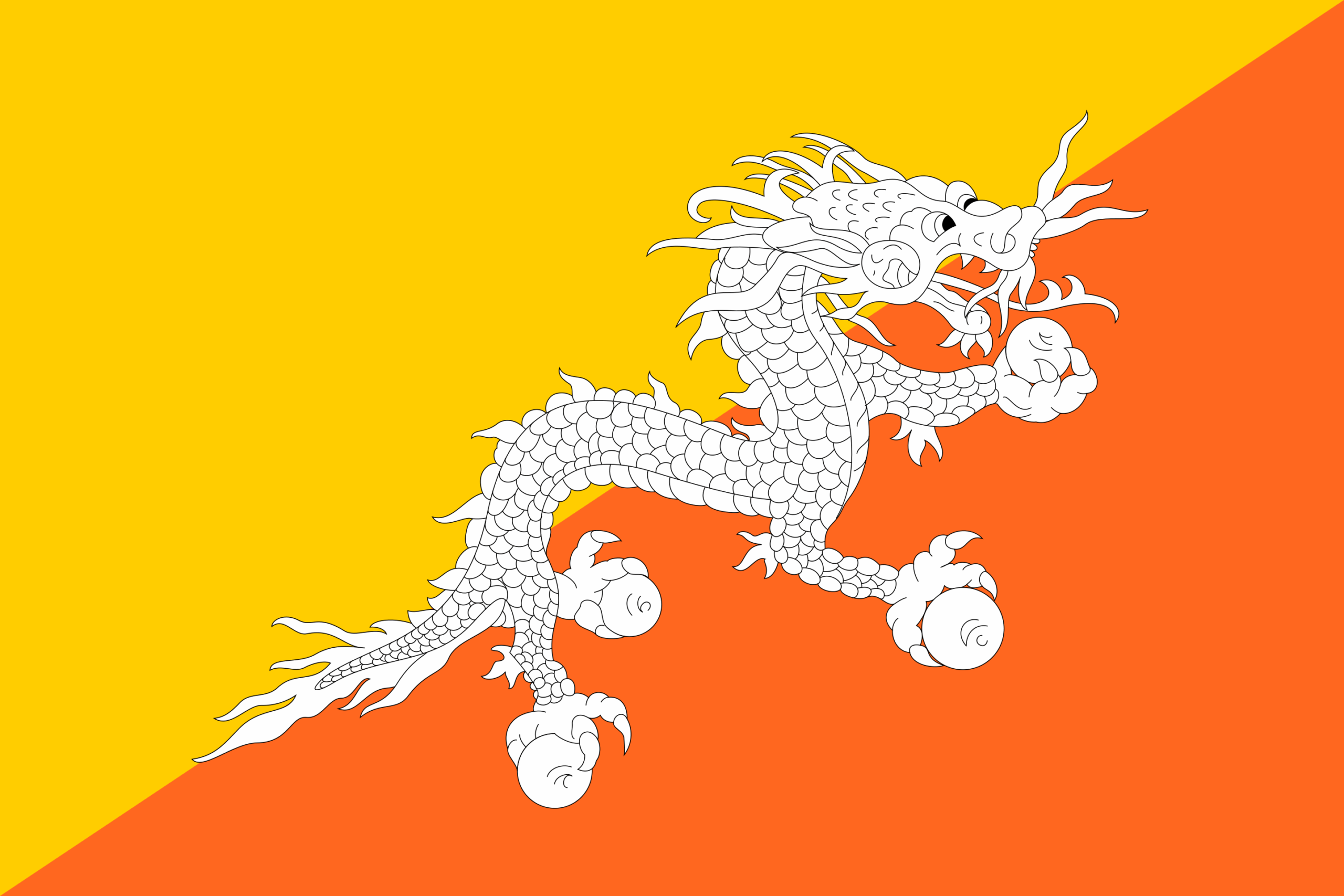Japan’s Economy Contracts in Q1 Amid Export Decline and Global Trade Uncertainty
Tokyo, May 16, 2025 — Japan’s economy shrank for the first time in a year during the March quarter, contracting 0.2%, according to preliminary government data released Friday, signaling fresh challenges for the export-driven economy.
The decline was steeper than the 0.1% contraction forecast by economists in a Reuters poll. On an annualized basis, gross domestic product (GDP) fell 0.7%, compared to the anticipated 0.2% drop.
A significant contributor to the downturn was a 0.6% quarter-on-quarter fall in exports, which reduced GDP by 0.8 percentage points, as ongoing trade tensions and global uncertainty—particularly surrounding U.S. trade policies under President Donald Trump—weighed heavily on Japan’s trade performance.
Despite the quarterly setback, the year-on-year GDP figure showed an expansion of 1.7%, marking the strongest growth since Q1 2023 and an improvement over the 1.3% growth recorded in the final quarter of last year.
The weak quarterly performance comes as Japan continues to negotiate trade terms with the United States. Talks between the two major economies have yet to produce a definitive agreement, and this lingering uncertainty is dampening economic confidence.
On May 13, the Bank of Japan (BOJ) cautioned that the national economy is likely to “moderate going forward,” citing a combination of factors, including declining exports to the U.S., weakened household consumption, and reduced business investment amid global trade tensions.
“Negative demand shocks are expected,” the BOJ noted, “including the impact of increased uncertainties on business fixed investment and household consumption, a decrease in the volume of exports to the United States and a deterioration in Japan’s export profitability.”
The central bank also warned that U.S. tariffs would continue to exert downward pressure on economic activity and prices in Japan.
Nonetheless, the BOJ appears committed to a gradual rate hike strategy, with some board members asserting that the 2% inflation target is within reach. If economic and price conditions develop as projected, the BOJ may further raise its policy rate.
Inflation has now exceeded the BOJ’s 2% target for three consecutive years, with April inflation clocking in at 3.6%.
Still, the outlook remains mixed. Several board members urged caution, advocating for flexible monetary policy to address potential deviations—either upward or downward—from the central bank’s current forecast.
The BOJ held its benchmark interest rate steady at 0.5% on May 1, marking its second consecutive meeting at that level.
As Japan grapples with the twin pressures of slowing exports and rising inflation, policymakers face a delicate balancing act between supporting growth and managing price stability in an increasingly volatile global economic environment.










